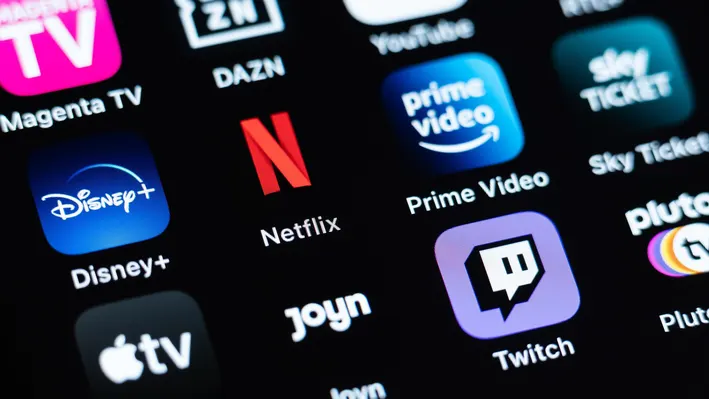Case Study: The Emergence of the Subscription Model in Streaming

The streaming industry has grown tremendously over the past decade. The digital age has seen the rise of streaming giants like Netflix, Amazon Prime, Disney+ and Spotify, which have radically changed the way we consume media. The heart of this transformation is based on a single concept: the subscription model.
Traditionally, media consumption involved the one-time purchase of a product, be it a CD, DVD or movie ticket. With streaming, all that has changed. Today, consumers can access a nearly limitless library of music, movies, and TV shows for a fixed monthly cost. This subscription model has transformed the streaming industry into an access economy.
The Netflix Revolution: The First Wave of Change
Netflix is often credited with pioneering this revolution. In 2007, the company made the bold leap from DVD rental by mail to streaming. This is when Netflix introduced its subscription model, allowing users to access unlimited movies and TV series for a fixed monthly price.
This change in model had a massive disruptive effect on the industry. It not only changed consumer expectations of media consumption, but it also created a new standard for the streaming industry. By offering unlimited access to a large catalog for a fixed monthly fee, Netflix has succeeded in attracting a growing number of subscribers, creating a virtuous circle of investment in original content and the expansion of the service on a global scale.
The content war: attracting and retaining subscribers
Netflix's success has opened the door to a slew of competitors, each looking to leverage the potential of the subscription model. Disney+, Amazon Prime Video, Hulu, HBO Max, and more have joined the race, with each platform looking to stand out with their unique content.
In this “content war”, the platforms have engaged in one-upmanship to acquire exclusive licenses or create original content. Netflix sparked this trend in 2013 with the release of “House of Cards,” its first original series. Since then, the production of original content has become an essential part of attracting and retaining subscribers.
The effect of personalization: the role of algorithms
One of the key innovations introduced by the subscription model in the streaming industry is personalization. By collecting data about their subscribers' preferences and viewing habits, streaming platforms can offer personalized recommendations, improving user experience and increasing watch time.
This personalization plays a crucial role in retaining subscribers. By consistently delivering relevant content, streaming platforms can keep their subscribers engaged, reduce churn, and increase customer lifetime.
The challenges of the subscription model in streaming
Despite its many advantages, the subscription model in streaming is not without its challenges. One of the main ones is market saturation. With an increasing number of streaming platforms, consumers may be reluctant to subscribe to multiple services. This “subscription fatigue” can stunt growth and increase churn.
Additionally, the high cost of producing original content and acquiring licenses can hurt the margins of streaming platforms. Profitability depends on the ability to attract a large number of subscribers and retain them over the long term.
Silpay and the facilitation of subscription offers
This is where Silpay comes in. Silpay is a secure and intuitive payment collection platform designed to simplify the setup and management of subscription offers. With Silpay, you can create 100% personalized subscription offers that perfectly meet the needs and expectations of your customers. Silpay not only makes it easy to manage recurring payments, but also offers advanced analytics tools to understand your subscriber behavior and optimize your offer.
The future of streaming and the subscription model
Despite these challenges, the subscription model seems to be here to stay in the streaming industry. It continues to provide consumers with easy and affordable access to a wide variety of content, while allowing streaming platforms to generate recurring and predictable revenue.
The future of streaming and the subscription model will depend on the ability of platforms to continue to innovate, produce quality content and provide an exceptional user experience. As technology evolves, we can expect to see further advancements and adaptations of this revolutionary model.